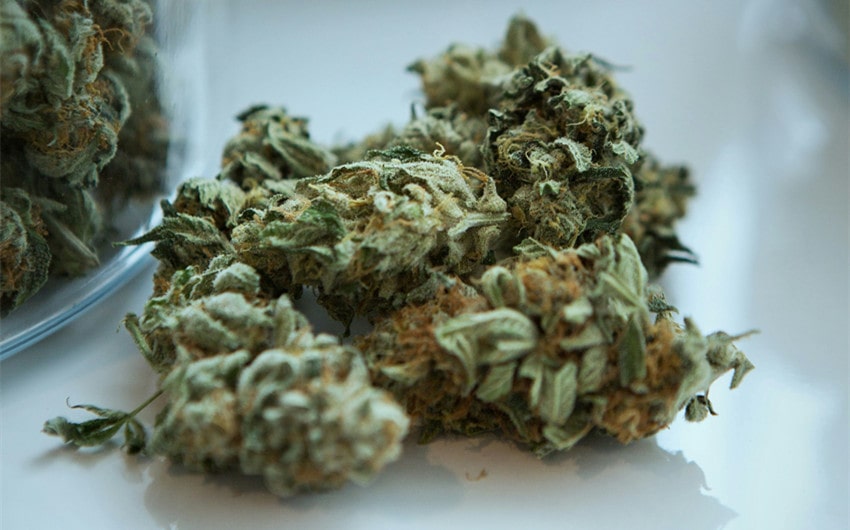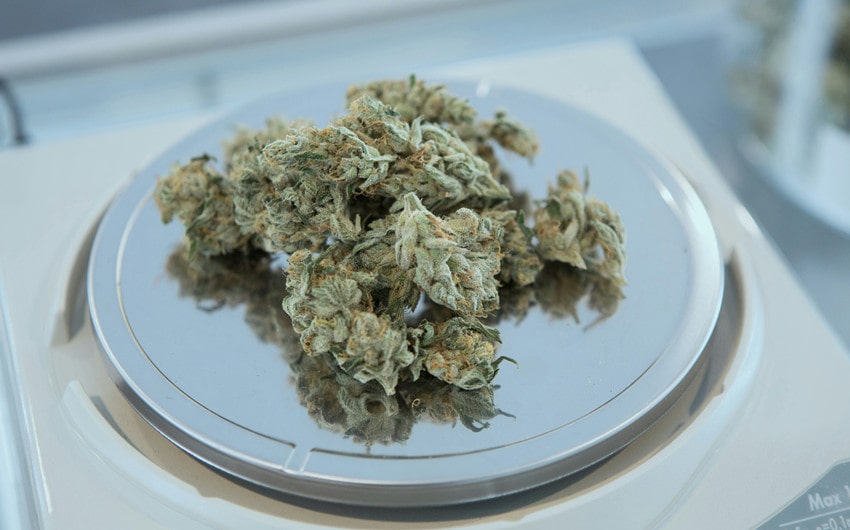How Many Grams Are in a Pound of Weed? A Quick Guide
Ever found yourself wondering just how weed measurements work? Whether you’re buying, selling, or just curious, knowing the basics can save you confusion. So, how many grams are in a pound of weed? The answer is 453.592 grams, though most people round it to 454 grams for simplicity.
Understanding this can help when comparing prices or breaking down smaller amounts. In this guide, we’ll break things down even further, covering everything from common measurements to practical tips for accuracy, making weed math easy for everyone.
How Many Grams Are in a Pound?
Let’s get straight to it: a pound contains 453.592 grams. This is the exact metric conversion, but most people round it up to 454 grams for simplicity when dealing with practical amounts. This figure is essential to know, as it helps you break down larger quantities into smaller, manageable portions.
Understanding this conversion is particularly useful whether you’re making a large purchase, running a dispensary, or just curious about how the numbers stack up.
Breaking It Down: Common Weed Measurements
To make the numbers easier to grasp, let’s break a pound of weed into its smaller components. This is helpful for both beginners and experienced users trying to measure or divide their stash.
- 1 Pound = 16 Ounces
Each ounce is a smaller portion of a pound, and it’s one of the most common ways weed is bought and sold. - 1 Ounce = 28 Grams (approx.)
An ounce is the go-to measurement for many, as it’s a convenient size for personal use or small transactions.
Other Common Fractions of a Pound
- Half-pound:8 grams.
- Quarter-pound:4 grams.
- Eighth-pound:7 grams (roughly two ounces).
Even Smaller Quantities
When broken down further, weed is often sold in these smaller increments:
- 1 gram– Typically the smallest unit sold.
- An eighth (⅛ ounce)– 3.5 grams, very popular for personal use.
- A quarter (¼ ounce)– 7 grams.
- Half an ounce (½ ounce)– 14 grams.
Practical Tips for Measuring Weed
Accurate measurements are crucial when it comes to weed, whether you’re purchasing, selling, or simply managing your personal stash. Here are some practical tips to ensure you’re always getting the right amount:
1. Use a High-Quality Digital Scale
A precise digital scale is your best tool for measuring weed. Look for one that measures in grams and has at least a 0.01-gram accuracy for maximum precision. Regularly calibrate your scale to ensure it’s giving accurate readings. Most digital scales come with calibration instructions and weights.
2. Store Weed Properly to Prevent Weight Loss
Weed is highly sensitive to moisture. If it’s stored in a dry environment, it can lose water content over time, causing its weight to decrease even though the volume appears the same. To maintain the weight and quality of your stash, always use airtight containers, such as mason jars or vacuum-sealed bags.
Keep these containers in a cool, dark place, as exposure to light, heat, or air can degrade the product and affect its weight. Proper storage not only preserves weight but also ensures that the weed remains fresh and potent.
3. Weigh Immediately After Purchase
Whether you’re buying from a dispensary or another source, it’s a good habit to weigh your weed right after purchase. For dispensary purchases, confirm the weight on-site if possible. Many dispensaries will weigh the product in front of you to ensure transparency.
If you’re receiving pre-packaged weed, check it at home on your scale to make sure it matches the labeled amount. This can help avoid any discrepancies and ensure you’re getting what you paid for, especially for larger purchases.
4. Account for Packaging Weight
When weighing weed that comes in a container or bag, don’t forget to factor in the weight of the packaging. Many digital scales have a “tare” function that allows you to zero out the scale while the empty container is on it.
For example, place the jar or bag on the scale, press the tare button, and then add your weed to get an accurate measurement. Ignoring this step could lead to overestimating the amount, especially with heavier packaging.
5. Learn to Estimate Visually
While a scale provides the most accurate measurements, it’s helpful to develop a basic understanding of how different quantities of weed look. For example:
- 1 gram: About the size of a small marble, depending on the density of the buds.
- 5 grams (an eighth): Roughly the size of a golf ball.
- 7 grams (a quarter): Around the size of a lemon or small orange.
This skill comes in handy if you don’t have a scale available. However, remember that density and trimming can affect the appearance, so visual estimates are not always foolproof.
Common Questions About Weed Measurements
1. Why Is Weed Sold in Grams and Ounces?
Weed is sold in grams and ounces because these units are practical for both buyers and sellers. Grams allow for small, precise measurements, which are great for personal use. Ounces, on the other hand, are better suited for larger transactions or bulk buyers.
This system bridges the metric and imperial measurements, offering convenience for users worldwide, especially in regions where one system is more common than the other.
2. What’s the Difference Between “Wet” and “Dry” Weed Weights?
“Wet weight” refers to the weight of freshly harvested cannabis before it has been dried and cured. Wet weed contains a lot of moisture, making it significantly heavier. After drying, the buds lose up to 75% of their weight due to moisture evaporation.
This means the “dry weight” of your weed is what you end up with and the standard used in sales. If someone offers weed at “wet weight,” it’s worth clarifying to ensure you’re not paying for excess water content.
3. Is There a Legal Limit to How Much Weed You Can Carry?
In many regions, the law dictates the maximum amount of weed an individual can legally possess. For example, some states in the U.S. allow up to 28 grams (1 ounce) for personal use, while others may have stricter or more lenient limits. For those dealing in bulk, understanding how much you can legally transport or store is critical to avoid legal issues.
4. How Can I Tell If I’m Getting a Good Deal?
The price of weed depends on quality, strain, and location. To ensure you’re getting a fair deal:
- Know the average cost per gram in your area.
- Compare the price of smaller quantities to bulk purchases—buying in larger amounts often reduces the cost per gram.
- Use a scale to confirm you’re getting the exact weight promised by the seller.










